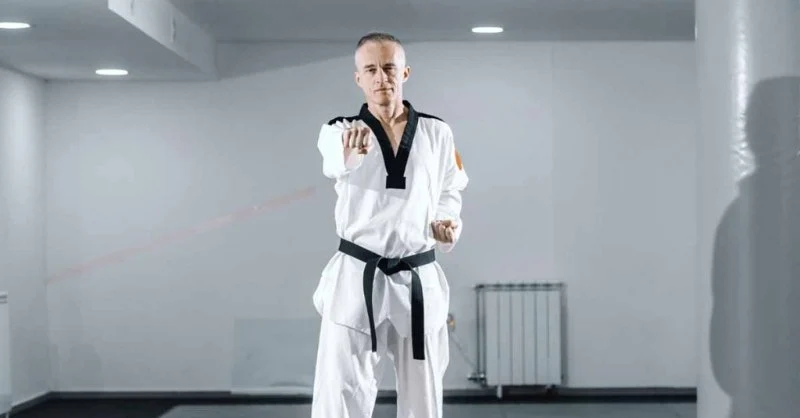
- 1. Understanding Tae Kwon Do for Seniors
- 2. Benefits of Tae Kwon Do for Seniors
- 3. How to Modify Kicks for Less Impact
- 4. Other Low-Impact Tae Kwon Do Techniques
- 5. Real-Life Example: A Senior’s Journey in Tae Kwon Do
- 6. Final Thoughts on Tae Kwon Do for Seniors
1. Understanding Tae Kwon Do for Seniors
Tae Kwon Do is a dynamic and powerful martial art known for its focus on high kicks, striking techniques, and self-discipline. While it is often associated with younger, more flexible athletes, Tae Kwon Do can also be a rewarding practice for seniors. With some modifications, older adults can enjoy the physical and mental benefits of this martial art, including improved flexibility, balance, and cardiovascular health.
The key to making Tae Kwon Do accessible to seniors is to adjust certain movements, particularly the kicks, to ensure that they remain safe and effective. This article explores how seniors can practice Tae Kwon Do with modified kicks and techniques that reduce impact while maintaining the benefits of the practice.
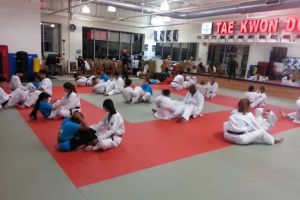
Lee’s Taekwondo Martial Arts / master lee tkd
AnnapolisAnne Arundel CountyMaryland
1787 Forest Dr, Annapolis, MD 21401, USA
2. Benefits of Tae Kwon Do for Seniors
Tae Kwon Do offers a wide range of benefits for seniors, both physically and mentally. Here are some of the top reasons why it’s a great choice for older adults:
- Improved Balance: The balance required for Tae Kwon Do helps seniors improve stability, which reduces the risk of falls—a common concern for older adults.
- Enhanced Flexibility: Regular practice of Tae Kwon Do encourages stretching and mobility, which can help alleviate stiffness and improve joint health.
- Cardiovascular Health: The moderate intensity of Tae Kwon Do provides an excellent cardiovascular workout, helping to maintain heart health and improve overall endurance.
- Boosted Confidence and Mental Health: Martial arts promote mental clarity, focus, and self-confidence. The discipline and focus required for Tae Kwon Do can enhance cognitive function and emotional well-being.
3. How to Modify Kicks for Less Impact
One of the most recognizable aspects of Tae Kwon Do is the high, powerful kicks. However, these kicks can place significant strain on the joints, especially for seniors. The good news is that there are several ways to modify these movements to reduce impact while still gaining the benefits of the practice.
- Lower Kicks: Instead of attempting high kicks, focus on lower kicks such as front kicks or side kicks performed at waist height. This modification reduces strain on the knees and hips while still engaging the core and leg muscles.
- Controlled Kicks: Perform kicks slowly and with control, rather than aiming for speed or power. This helps avoid overextending or straining muscles and ligaments.
- Focus on Foot Placement: When performing kicks, make sure the foot is properly aligned with the body. This reduces the risk of injury and improves overall kick effectiveness without the need for excessive force.
- Use of Support: For additional support, practice kicks while holding onto a chair or railing. This provides extra stability and allows for better control over the movements, reducing the risk of falls or missteps.
By modifying these elements, seniors can continue to enjoy the benefits of kicking techniques without the risk of injury.

Motivate Martial Arts / motivate martial arts monroe ga
768 W Spring St, Monroe, GA 30655, USA
4. Other Low-Impact Tae Kwon Do Techniques
In addition to modifying kicks, there are other techniques in Tae Kwon Do that can be adapted to be gentler on the body while still providing a full-body workout. These include:
- Slow Motion Practice: Practicing Tae Kwon Do movements in slow motion allows seniors to focus on form, technique, and breathing without the strain of fast, forceful movements.
- Focus on Stances: Stances in Tae Kwon Do—such as the front stance (Ap Seogi) or back stance (Dwi Kubi)—are essential for building strength, flexibility, and balance. Focusing on the correct form of these stances can improve stability and core strength without high-impact movements.
- Shadow Fighting: Instead of engaging in sparring or contact drills, shadow fighting—performing Tae Kwon Do techniques without a partner—provides a way to practice form and technique without risking injury.
By emphasizing slower, controlled movements and focusing on form, seniors can safely practice Tae Kwon Do without unnecessary strain on the joints and muscles.
5. Real-Life Example: A Senior’s Journey in Tae Kwon Do
John, a 65-year-old retiree, began practicing Tae Kwon Do after a knee injury left him seeking a low-impact activity to maintain his fitness. At first, he struggled with the high kicks and fast movements, but with the help of his instructor, John modified his kicks to be performed at waist height. He also incorporated slow motion practice and focused on improving his stances. After six months of training, John noticed significant improvements in his strength, balance, and flexibility. More importantly, he felt a greater sense of confidence and enjoyment in his daily life. John’s story is a testament to the benefits of modifying Tae Kwon Do for seniors, proving that with the right approach, martial arts can be a fulfilling and effective workout for older adults.
6. Final Thoughts on Tae Kwon Do for Seniors
Tae Kwon Do offers numerous physical and mental benefits for seniors, from improved balance to enhanced cardiovascular health. By modifying kicks and adjusting techniques for lower impact, seniors can practice Tae Kwon Do safely and effectively. As we age, it’s essential to stay active and engaged in activities that promote overall well-being, and martial arts provide a great way to do so. If you’re interested in learning more or joining a class, visit Jeuns TKD Hub for the best products, services, and expert guidance tailored to your needs.

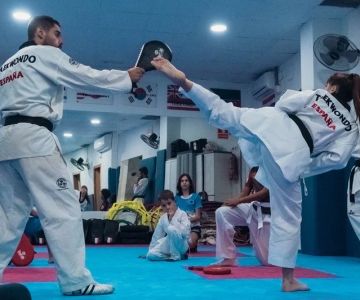
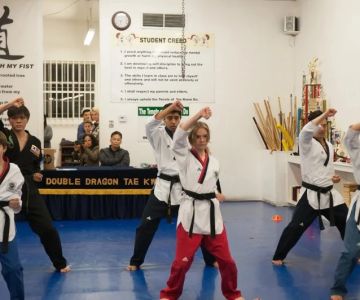
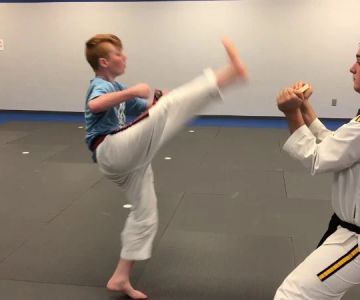
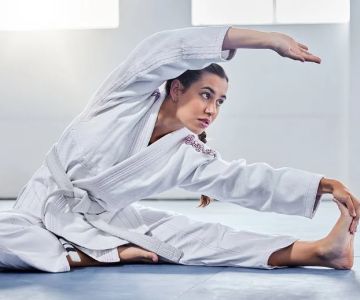
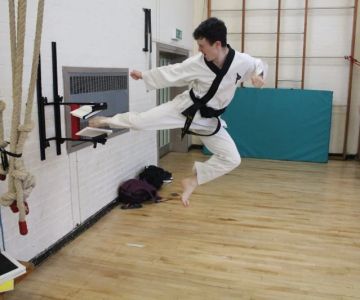
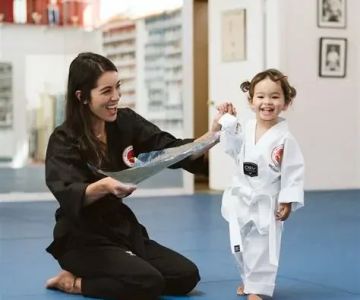
 Aoyama Dojo Okinawan Shorin-Ryu Karate do Kobudo5.0 (10 reviews)
Aoyama Dojo Okinawan Shorin-Ryu Karate do Kobudo5.0 (10 reviews)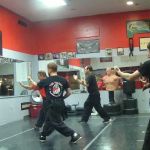 Warfield Martial Arts5.0 (3 reviews)
Warfield Martial Arts5.0 (3 reviews) Elite Force Martial Arts0.0 (0 reviews)
Elite Force Martial Arts0.0 (0 reviews) Sentinel Martial Arts4.0 (19 reviews)
Sentinel Martial Arts4.0 (19 reviews) Alliance Taekwondo Center5.0 (6 reviews)
Alliance Taekwondo Center5.0 (6 reviews)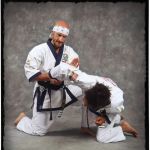 PKSA Karate-St. Clair Shores4.0 (58 reviews)
PKSA Karate-St. Clair Shores4.0 (58 reviews)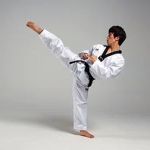 How to Execute a Jumping Roundhouse Kick to the Head
How to Execute a Jumping Roundhouse Kick to the Head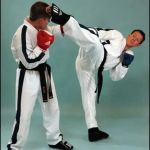 How to Execute a Double Kick Combination in Sparring
How to Execute a Double Kick Combination in Sparring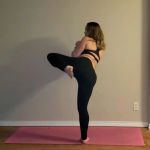 How to Perform a Flawless Axe Kick: A Step-by-Step Guide
How to Perform a Flawless Axe Kick: A Step-by-Step Guide DIY Tae Kwon Do Training Equipment for Home Practice
DIY Tae Kwon Do Training Equipment for Home Practice How to Increase Your Vertical Jump for Tae Kwon Do Flying Kicks
How to Increase Your Vertical Jump for Tae Kwon Do Flying Kicks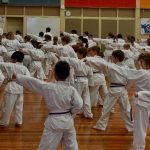 The History of the Tae Kwon Do Peace Corps
The History of the Tae Kwon Do Peace Corps